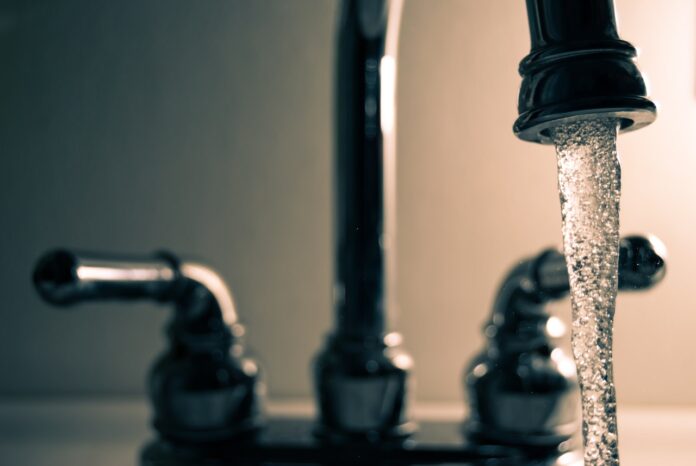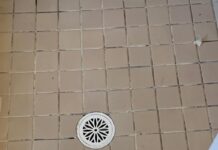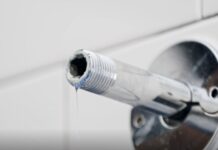Drinking water is the most important source of life, and the most important necessity you want to have inside your home. Naturally, you want to have the best possible quality you can, but at times it could be challenging.
Let’s take a look at what regular tap water consist of…
We often hear that the news speaks of clean water. How many areas of the world are struggling to find sources of clean water to drink, or supply their households with? Here you need to be aware that chemically pure water does not exist in nature. So, the term clean refers to drinkable. Normal one is not “clean” but contains various impurities: minerals, organic, and gases.
Water occurs in nature in three forms, so for supply purposes, what we use is:
- underground (they are of the highest quality and appear as underground sources and different types of wells)
- surface (they are of lower quality and include streams, rivers, lakes, and artificial lakes)
- atmospheric (they are of the lowest quality and refer to rain, snow, dew, and hail).
In order for the one inside your home to be drinkable, you need a source. Any of the three we’ve mentioned above can do, but the first one, as was already mentioned, is the best solution.
After the source comes to the system…
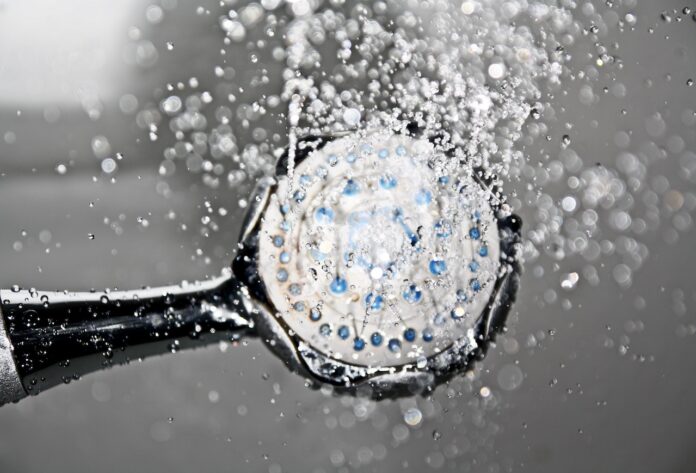
From a technical and hygienic point of view, the water supply is the most convenient way of supplying, because it provides the necessary amount of hygienically correct water in every place and at every time. However, as it is hard to influence its quality in the public water systems, many wonder if there’s anything they can do to improve it. According to the hedlundplumbing.com you can always decide to give your home a water treatment. These are usually done for the sake of health and hygiene. To see what kind of treatment you need, it is best to consult professionals in this field, following the previously mentioned link.
When we talk about water in an ecological sense, the questions of its quality and rational consumption are mainly raised. In order to improve the quality, water purification and filtration systems are increasingly being used, and electronic and sensor systems are being used to reduce consumption.
If you want to have clean one at home, then the best and cheapest option is to filter it. Of course, installing a household filtration device will seem like a big expense at first, but imagine how much money you will spend buying bottled water in just one year. We won’t even talk about the feces traces that were recently found in it.
But how do you know which filtering system you need? Do you need to filter only one part of the water in the household (e.g. in the kitchen) or the entire facility (house)? What do you even need to filter?
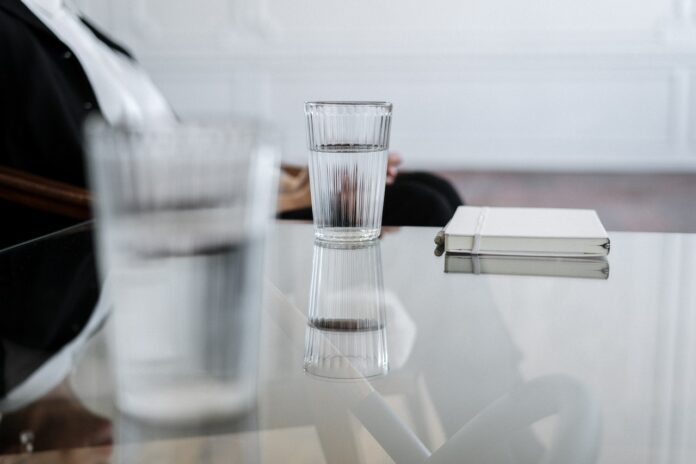
The following steps will help you choose the filtration system that best suits your needs. You’ll learn how to detect which contaminants are present in your water supply and we’ll briefly describe how the most common types of filtration systems work.
Before choosing a filtration system, you need to know what you actually want to remove. You can get an insight into the annual water quality report for your area from the water company or local water company, or you can go a step further and test the water yourself.
You can buy test strips to determine the level of nitrates, pH, and water hardness, or call a local water quality testing laboratory, which is the best option. Not that we think you don’t know, but you simply need to carefully follow the procedure and method of taking the sample you want to test.
Why should you filter in the first place?
Decide why exactly you want to filter your water. Some of the reasons may include:
- Healthy, drinking water. For most people, the main reason for purchasing a filter is to ensure safe and healthy drinking water.
- Improve the taste of tap water. The removal of chlorine and chlorophenol from water improves its taste.
- Safe showering and bathing. If you want to avoid dry skin and hair, you should get rid of chlorine from the water.
- Soften hard water and prevent damage to devices. To extend the life of the washing machine, faucets, and clothes, it is necessary to soften the water so that limescale does not form.
What about water jugs?
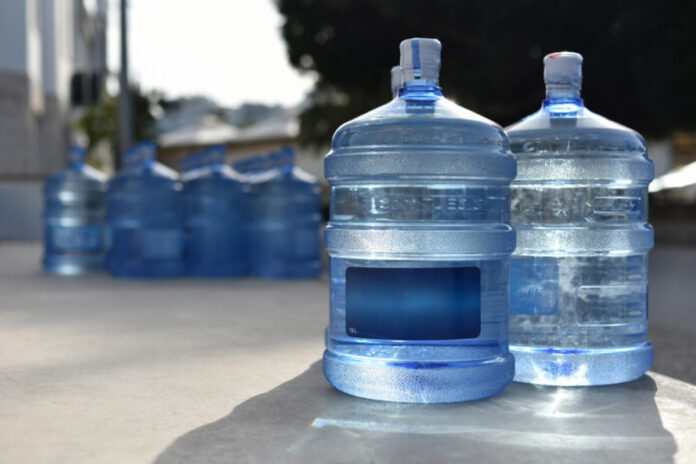
Water jugs purify, but not as much as the filters. They also have a limited purification capacity (usually around 300 l per filter cartridge) and need to be refilled again and again.
All in all, if you are looking for a quick and cheap solution, choose purification jugs, and if you are looking for a more permanent, safer, and cheaper solution, in the long run, install water filters.
For the households with already installed filtration systems, a good idea is to purify them from time to time, as this will increase the quality…
If your household is using water purification pitchers or another purification system that was purchased years ago, it may be time to upgrade. Times change, and so do water quality standards, so make sure your filters meet today’s conditions.
So, there are many ways to make sure the quality of your water is at a certain level. What you must have noticed is how more and more people are choosing to drink bottled, instead of tap water.
One of the reasons why bottled water is becoming more and more popular is the thesis that tap water can be linked to bladder cancer, due to the chemical trihalomethane used to treat it. The researchers say THM levels are tightly regulated. The possible harmful effects on health due to the consumption of liquid from plastic bottles, which most bottled water comes in, have not been sufficiently investigated. This is also one of the reasons why you should consider doing what we have suggested in this article, to improve the quality of your water.

